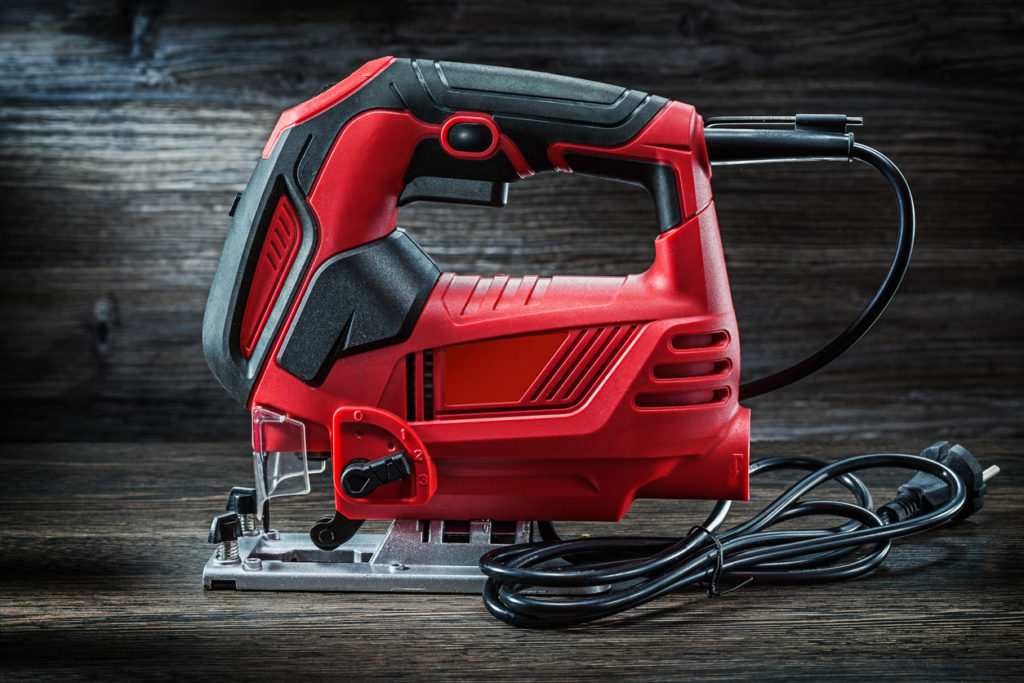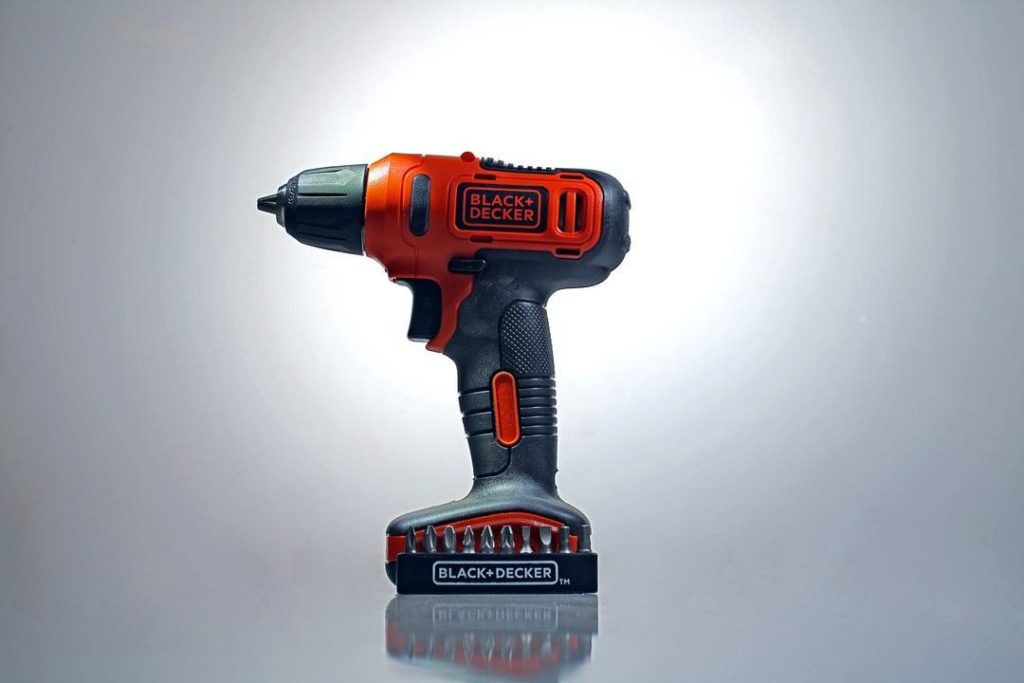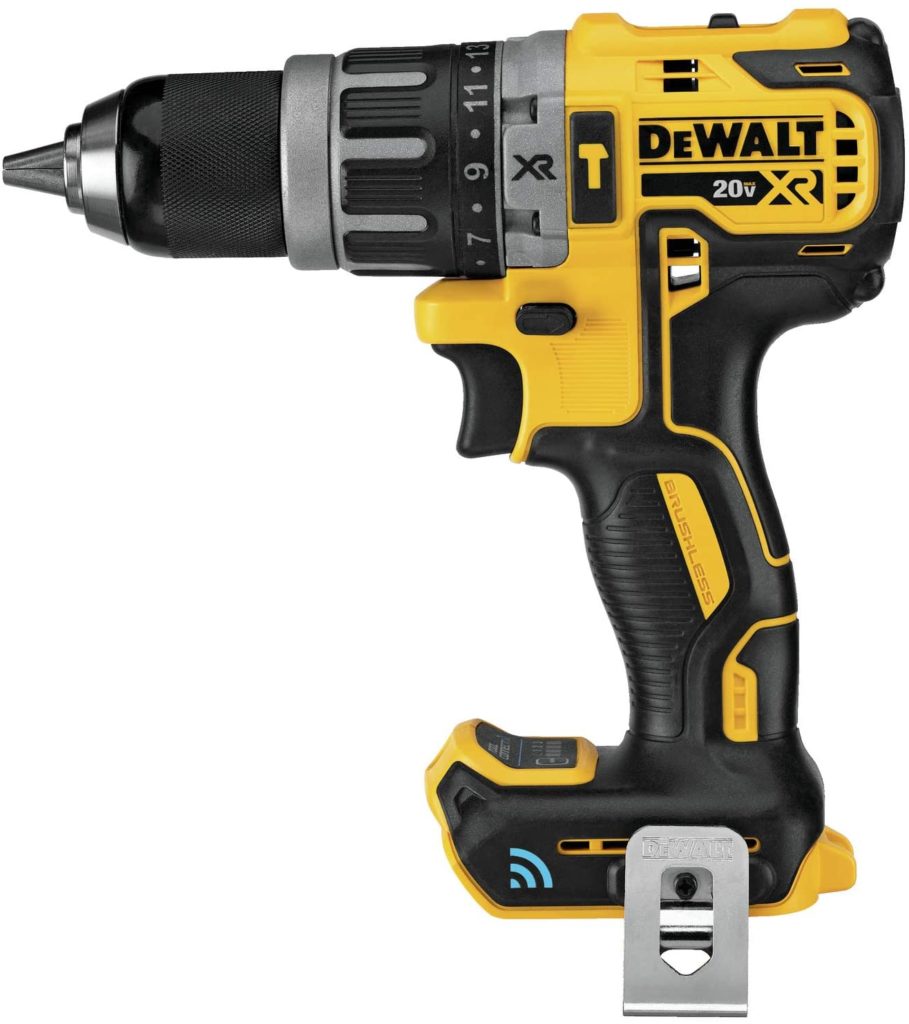Are corded or cordless power tools better to use? The answer depends on your goals and preferences.
Read on to learn more about cordless vs corded power tools, how they compare, their pros and cons, examples of corded tools, and which type of power tool best fits your home improvement project.
Cordless vs. Corded Power Tools: How Do They Compare?
Cordless power tools are battery powered tools that don’t need an additional power source. However, they tend to be heavier than corded tools due to the fact they contain batteries. Some models may weigh more than 10 pounds.
In contrast, corded power tools must be plugged into a power source while you’re using them. Although they’re less portable than cordless power tools, they can run continuously, as long as there’s a generator or live electric outlet.
Major Advantages of Cordless Power Tools
Cordless power tools offer many advantages, such as:
Advancements in Battery Technology
Thanks to major advancements in battery technology, cordless power tools can run for a very long time, particularly if they use high-power batteries. If you run out of batteries, simply switch them. This allows you to work with minimal downtime; you only need to take a short break to change the pack.
Portability
Cordless power tools are also extremely portable. This means you can use them to work whenever and wherever you want. They’re particularly good for tight spaces where cords might roll up and get in the way. Cordless tools are also convenient because you can store them in your bag without tangling or breaking the cord.
The Major Benefits of Corded Models
Corded models also come with a number of benefits. These include:
Continuous Power Supply
As long as they’re plugged in, corded models can operate for a very long time. Technically, they can work indefinitely, although you should give them a rest if they start overheating.
On the other hand, corded models require you to replace batteries from time to time. This isn’t an issue for shorter projects that only last an hour or two, but it can be frustrating for longer projects.
Consistent Performance
The performance of corded tools is also more consistent since they don’t drain over time. Cordless power tools usually become weaker and less consistent when batteries are low.
Examples of Corded Tools

Although many tools come in cordless and corded varieties, some tools are corded because of their operating demands. These tools are usually for heavy applications that require a lot of power.
Common types of corded power tools include:
- Circular saws: These tools can help you cut through materials with less motor strain and effort than full-size saws. They are highly recommended for cutting sheet goods, trim, and siding.
- Dust extractors: Dust extractors are Occupational Safety and Health Administration (OSHA)-compliant tools that regulate airflow and ensure that everyone is safe at work. They usually come with 20-foot extension cords for flexibility.
- Nailers: Nailers usually feature at least 100 nails, air dusters, and functionalities for switching between contact and sequential nailing. They are great picks for projects that need you to drive a ton of nails quickly and consistently.
- Track saws: Corded track saws come equipped with powerful motors, giving you the ability to make quality cuts on laminated particle boards, plywood, and other sheet goods. They typically have adjustable track guidance mechanisms for cut depth, cutting angle, and finish angles. Some models may also come with overlock protection to prevent overheating.
- Grinders: Heavy-duty and powerful, corded grinders are a popular pick for home improvement projects. Many enthusiasts use them to remove or cut through surface material.
- Metal cutoff saws: These saws are intended for welders who need to cut through metal quickly and efficiently.
- Miter saws: These saws are used for carpentry, trim work, framing, and remodeling projects. They’re usually used to fit two boards together, but they can also be used for angle cuts on roof rafters and end cuts on hardwood flooring strips.
- Table saws: Table saws are attached to tables and allow you to trim, saw, and cut items by gliding them into the power machine. Some of them may be driven by belts and gears.
- Scroll saws: These tools have a wide range of cutting capabilities, making them a popular pick for quilters, tailors, crafts, and artists.
- Jigsaws: Also known as bayonet saws, jigsaws are the go-to choice for chopping materials into different shapes. They can be used to carve pumpkins, cut bevels, and more.
- Reciprocating saws: Reciprocating saws have blades that use a push-and-pull motion to cut material. These blades look like jigsaws since they’re both toothed and large and feature handles. Reciprocating saws are typically used in repairing, construction and remodeling. They can be customized with accessories such as smaller blades and clamps as needed.
Which Type of Power Tool Is Right for Your Home Improvement Project?
To determine which types of power tools best fit your home improvement project, you need to ask yourself what you want to do and what your priorities are.
If you value consistent torque and power over portability and convenience, you should probably get a corded tool. You should also consider getting a corded tool if:
- You’re working on heavy-duty applications that require sustainable and steady performance
- You have constant access to power sources
However, if you think that convenience and maneuverability are more important than consistent power and torque, get a cordless tool. For instance, if you do a lot of outdoor work or work in a rural area with unreliable access to electricity, a cordless tool will be a wiser choice for you. You should also invest in a cordless tool if you’re constantly on the move. Because cordless tools don’t have a cord, you can easily take them with you wherever you go.
So while the answer to the age-old question, “Are cordless tools as powerful as corded ones?” is a clear “No,” that doesn’t mean there’s an obvious winner between cordless and corded power tools. Both are great for different reasons.
- DCD771 in cordless drill combo kit features two speed transmission (0-450 / 0-1500 RPM)
- DCD771 high performance motor of cordless tools combo kit delivers 300 unit watts out (UWO) of power ability completing a wide range of applications
- DCD771 compact, lightweight design of the drill/ impact driver combo kit fits into tight areas
- DCD771 1/2-inch single sleeve ratcheting chuck provides tight bit gripping strength
- DCD771 Ergonomic handle delivers comfort and control
- DCD771 20-volt MAX lithium ion 1/2-in compact drill driver delivers 300 unit watts out (UWO) of power ability to complete a wide range of applications
- DCF885 20-volt MAX lithium ion 1/4-in impact driver features 3 LED lights with 20 second delay to provide visibility without shadows
- DCS381 20-volt MAX lithium ion reciprocating saw with keyless blade clamp allows for quick blade change without touching blade or reciprocating shaft
- DCS393 20-volt MAX lithium ion circular saw with 6-1/2-in carbide blade can cut a 2 x 4 at a 45 degree angle in a single pass
- DCS355 20-volt MAX lithium ion oscillating tool quick-change accessory system allows blades and attachments to be changed quickly without wrenches
- DCD780 DEWALT 20V MAX* 1/2-inch drill/driver in the cordless tools combo kit features two speed transmission(0-600/0-2000RPM)12345
- DCS381 DEWALT 20V MAX* reciprocating saw with keyless blade clamp in the cordless tool set allows for quick blade change without touching blade or reciprocating shaft
- DCS393 DEWALT 20V MAX* circular saw with 6-1/2-inch carbide blade as one of the essential construction tools can cut 2x4's at a 45-degree angle in a single pass
- DCL040 DEWALT 20V MAX* LED worklight delivers 110 lumens of light output
- DCD771 Drill/Driver in the cordless drill combo kit is compact (front to back) and lightweight, designed to fit into tight areas
- DCD771 Cordless Drill/Driver in the cordless tools combo kit has a high-performance motor that delivers 300 unit watts out (UWO) of power for completing a wide range of applications
- DCF885 Cordless Impact Driver of the drill/impact driver combo kit has a compact design (5.55-inch front to back) to fit into tight areas
- DCS381 Cordless Reciprocating Saw has a keyless blade clamp for quick blade changes without touching the blade or reciprocating shaft
- DCS393 Cordless Circular Saw with 6-1/2-inch carbide blade can cut 2x4s at a 45-degree angle in a single pass





